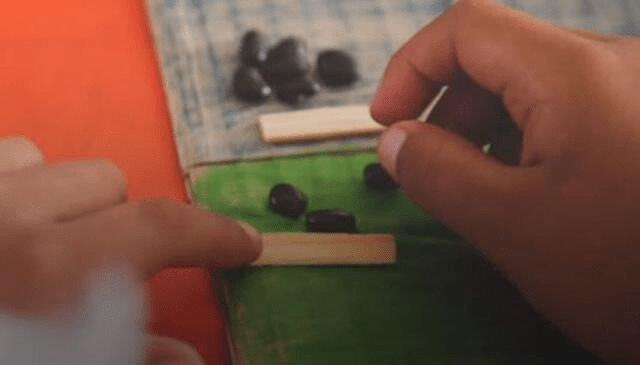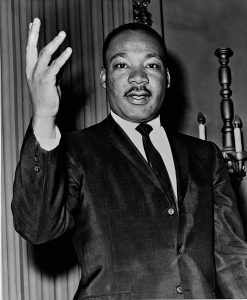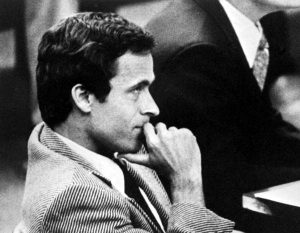Imagine learning math in ancient times where nature and the environment were the only resources for learning. Before using calculators and textbooks to learn math, ancient civilizations had to use what was available to them in their environment. Ancient civilizations such as the Mayans had a well-developed math system, but did not have the complex methods that we use today, such as calculators and textbooks. Although the Mayan mathematical system seems like something merely from the past, its importance still prevails today. Students today are learning math by using the Mayans’ math system. Learning math through the ancient ways of the Mayans proves to be effective even today.
The Mayans created the zero numerical symbol and based their math on a base-20 numerical concept. The use of the base-20 system most likely arose from the ancient people using their fingers and toes to count.1 In their numerical system, the Mayans used three symbols that were represented by objects in their environment. The first symbol was a dot, which represents the unit of one. The second symbol used was the bar, which represented 5. Once there were four individual dots, they were then combined to form a bar. The last symbol that was used was the zero.2

The environment and agriculture inspired the Mayan’s way of doing math. The Mayans relied heavily on agriculture and their environment so they incorporated what was available to them into their math system. The system the Mayans used for teaching mathematics was through the use of concrete and representational materials. To represent the dot, a small rock, bean, or seed was used. A bar was represented by sticks or twigs. The zero was represented by a shell.3

The approach Mayans use in mathematics has many benefits and advantages. Through the use of concrete objects, students are able to use manipulatives in order to do math. The use of this model helps put an abstract concept like math and simplify it into a concrete concept.4 This system does not use numbers when doing math but instead manipulates objects that represent the numbers in order to perform an operation. Through the use of the Mayan mathematical concepts, students are able to do math in a tangible way that is simple and fun. Doing math using simple processes prevents students from having to memorize extensive amounts of information.5
Throughout the years, math shifted from the Mayan mathematical system to the mathematical system we use today. Colonization of the descendants of the Mayans by Spanish conquistadores and missionaries greatly influenced and shifted their unique practices, such as mathematics. Throughout the years Spanish rule influenced and altered the Mayan civilization. One of the Spanish conquistadores that caused the greatest change to the Mayan society was Diego de Landa. In 1541, Diego de Landa requested to be sent to the New World as a missionary. Diego visited the great cities of the Maya in order to gain insight about their history and culture. However, when Diego came across practices he did not agree with, he took drastic measures to enforce changes in the Mayan society. Diego was determined to enlighten the Mayans, even by force, by gathering their documents and burning them.6
The methods used by the Mayans more than 2,000 years ago was rediscovered by Luis Fernando Magaña, a professor of physics at Mexico’s National Autonomous University. Through Magaña’s interest in the Mayan numerical system, he was inspired to share his findings with others. Magaña would introduce and educate administrators and teachers in the Mayan system to help him reach his goal of implementing this new math system in schools.7
In 2010, the Mayan mathematical system was adopted into math teaching programs in schools located in Yucatan and in Indigenous zones. The integration on teaching math using the Mayan mathematical system has not been formally adopted into the math curriculum, but more teachers are using it to teach math in their classrooms.8 Magaña personally trains the educators himself, to ensure the quality of the Mayan mathematical system being properly taught to students.9
Using the mathematical system of the Mayans has brought about good results. In 2011, a year after the Mayan mathematical system was first used in classrooms, students have shown better math results in preschool and elementary.10 The Mayan mathematical system not only brings academic benefits but also helps students in Yucatan and Indigenous zones to learn math like their ancestors.11
- J J O’Connor, and E F Robertson, “Mayan mathematics,” MacTutor History of Mathematics, (2009), http://www-history.mcs.st-and.ac.uk/HistTopics/Mayan_mathematics.htm. ↵
- Salem Press Encyclopedia Of Science, 2013, s.v. “Central American mathematics,” by Judith E. Beauford. ↵
- Rafael Lara-Alecio, Beverly J. Irby, and Leonel Morales-Aldana, “A mathematics lesson from the Mayan civilization,” Teaching Children Mathematics 5, Professional Development Collection, no. 3 (1998): 2-3. ↵
- Rafael Lara-Alecio, Beverly J. Irby, and Leonel Morales-Aldana, “A mathematics lesson from the Mayan civilization,” Teaching Children Mathematics 5, Professional Development Collection, no. 3 (1998): 2-3. ↵
- L.F. Magana, “The Ludic and Powerful Mayan Mathematics for Teaching,” Procedia – Social And Behavioral Sciences 106, International Conference on New Horizons in Education, no. 4 (2013): 2930. ↵
- J J O’Connor, and E F Robertson, “Mayan mathematics,” MacTutor History of Mathematics, (2009), http://www-history.mcs.st-and.ac.uk/HistTopics/Mayan_mathematics.html. ↵
- J J O’Connor, and E F Robertson, “Mayan mathematics,” MacTutor History of Mathematics, (2009), http://www-history.mcs.st-and.ac.uk/HistTopics/Mayan_mathematics.html. ↵
- L.F. Magana, “The Ludic and Powerful Mayan Mathematics for Teaching,” Procedia – Social And Behavioral Sciences 106, International Conference on New Horizons in Education, no. 4 (2013): 2929. ↵
- J J O’Connor, and E F Robertson, “Mayan mathematics,” MacTutor History of Mathematics, (2009), http://www-history.mcs.st-and.ac.uk/HistTopics/Mayan_mathematics.html. ↵
- L.F. Magana, “The Ludic and Powerful Mayan Mathematics for Teaching,” Procedia – Social And Behavioral Sciences 106, International Conference on New Horizons in Education, no. 4 (2013): 2930. ↵
- Salem Press Encyclopedia Of Science, 2013, s.v. “Central American mathematics,” by Judith E. Beauford. ↵



39 comments
Maggie Amador
I feel as though a lot of students are more visual and hands-on learners and by this, the students are able to learn more effectively. It is with no doubt that the Mayans were incredibly ahead of their time in terms of knowledge and technology, so it would make sense to slightly modify and adapt their methods into modern society.
Valeria Perez
I am always amazed at the intelligence of the ancient people! What we take for granted they had to invent from scratch. It is really sad to hear that the Spanish conquistadors burned the documents that showed a great insight into the mathematical insights of the Mayan culture. Nevertheless, I am happy that more and more teachers are adopting these math concepts and keeping this part of the Mayan culture alive.
Daniela Duran
This was an impressive article. I really enjoyed reading about his, particularity because I really like maths, and learning about how Mayan poeple worke with it is truly impressive. I can’t believe how smart they were to basically create the basis of an entire numerical system! I am glad that this method is being implemented in current schools, and even more glad that it is working! However, I wonder if this method would only be useful for little kids, or is it also applicable for more complex mathematical concepts?
Great article!
Pamela Callahan
It’s interesting to think about how and why these kinds of concepts began. When I’m doing my math homework I often don’t think about the origins of numbers and why my calculator works the way it does. Sometimes, we take for granted the things that seem so small and unimportant to us like numbers, but nevertheless, I find it fascinating that the ancient people came up with such a complicated system that is still used today all over the world.
Steven Hale
This article is interesting. The Mayan system is so straightforward and easy to understand, I can see why educators would want to adopt this system. For me, math was always so difficult because I was constantly being faced with new concepts and new problems, so I never really felt like I grasped what I was doing. I think I would have performed better in math had I used a system like this one.
Alexander Manibusan
I remember hearing about this in Mexico! I’m a personal fan of the Mayans and their accomplishments in science and astronomy. However, that wouldn’t have been possible without their system of mathematics. It’s especially amazing that the Maya were one of the first civilizations to use the zero. I believe that Magaña’s idea will definitely provide a better understanding of mathematics to many people. Very well written article!
Julia Deais
This is a very informative article. It is interesting to me how Mayans used to do math because counting and numbers are a basic part of life, I wonder what they did without them. The way they used to write their numbers is pretty cool to me. The way they used the twigs and sticks to help count by fives is new to me but I find that an interesting way to help count on the ground.
Engelbert Madrid
This is one of the reasons why learning ancient civilizations is essential to the modern world. The Mayans were intelligent people that had different ways of using nature as a resource. Furthermore, their mathematics also helped to develop a calendar system. I’m glad to hear and learn from ancient civilizations to understand people’s culture, behavior, and religion, in which it can be applied to their knowledge.
Christopher Hohman
Nice article. The Mayans were a remarkable civilization that articulated many mathematical concepts. Their civilization deserves to be remembered for how great it was, and teaching math Mayan ways is one great way to do that. I have struggled with math pretty much my whole life because sometimes I find textbooks confusing, but I can not help but think that maybe if my teachers had taught math the Mayan way maybe I would do better. It sounds like its a whole lot more hands on which I think its good